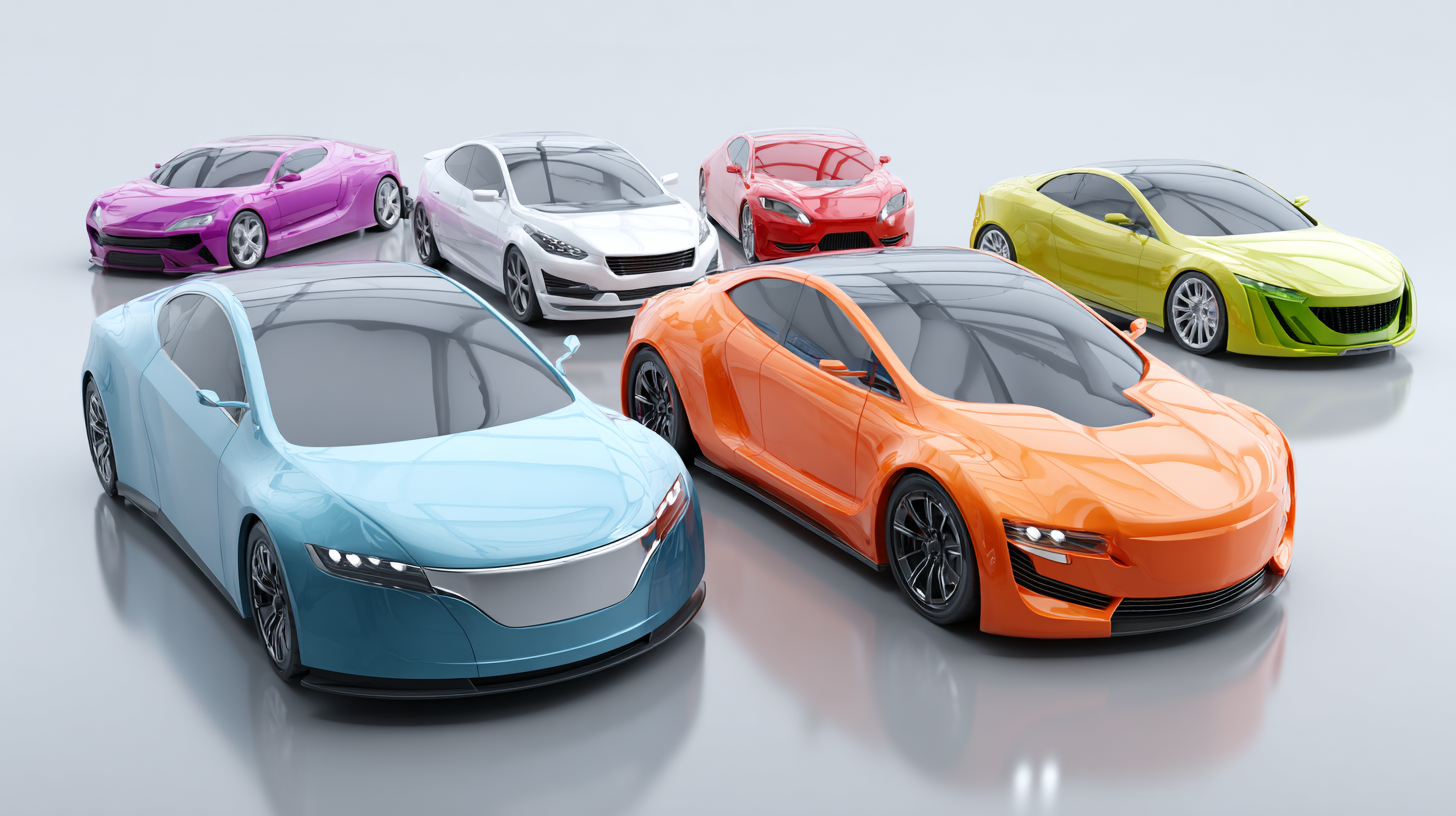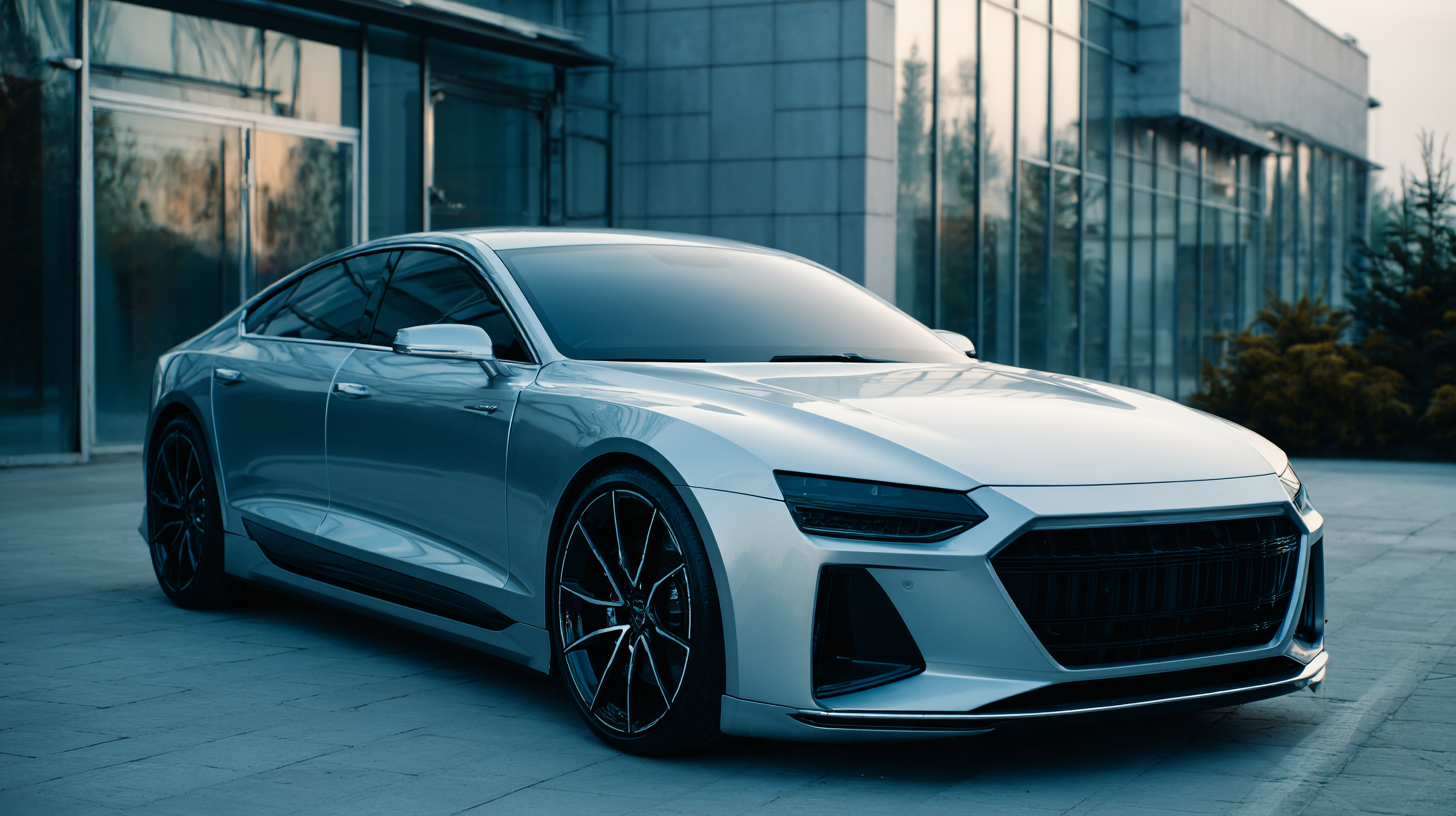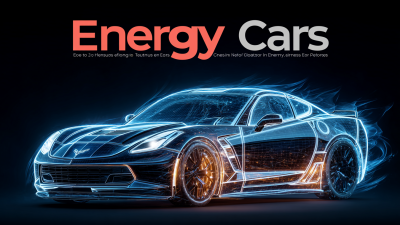Leave Your Message
Choosing the right modern car can be a daunting task, especially with the myriad of options available that promise enhanced fuel efficiency and advanced safety features. As we navigate the evolving automotive landscape, understanding the key criteria for selecting a vehicle that not only meets our commuting needs but also aligns with our values regarding sustainability and safety becomes essential. Modern cars are increasingly equipped with innovative technologies designed to optimize fuel consumption and provide robust protection for drivers and passengers alike. In this guide, we will explore the critical factors to consider when choosing a modern car that balances performance, environmental responsibility, and safety, ensuring that you make an informed decision that keeps both your wallet and well-being in mind.

When selecting a modern car, understanding fuel efficiency is crucial for both economic and environmental reasons. The primary metrics to consider are miles per gallon (MPG) ratings, which indicate how far the vehicle can travel on a single gallon of fuel. Higher MPG values generally suggest better fuel efficiency, reducing fuel costs over time. Additionally, the EPA's fuel economy ratings can help prospective buyers compare vehicles within the same class, offering insights into city and highway driving efficiency.
Another essential metric is the vehicle's carbon footprint, which reflects its environmental impact based on fuel consumption. Hybrid and electric vehicles often have lower emissions, contributing to cleaner air and reduced greenhouse gas effects. Furthermore, the technology used in a vehicle, such as turbocharging or lightweight materials, can enhance fuel efficiency. Key performance metrics, including driving range and efficiency under various conditions, should also be evaluated to ensure the vehicle meets personal driving needs while prioritizing both safety and sustainable fuel usage.
When choosing a modern car, safety ratings should be at the forefront of your decision-making process. Agencies like the National Highway Traffic Safety Administration (NHTSA) and the Insurance Institute for Highway Safety (IIHS) provide invaluable information about a vehicle’s crashworthiness and safety features. Look for vehicles that have received high ratings in areas such as frontal crash, side impact, and rollover tests. These ratings give you a clearer picture of how a car performs in real-world scenarios, which is crucial for ensuring you and your passengers remain protected on the road.
In addition to overall ratings, consider specific safety features that enhance both protection and convenience. Advanced driver-assistance systems (ADAS) such as automatic emergency braking, lane-keeping assist, and adaptive cruise control can significantly reduce the risk of accidents. Features like rearview cameras, blind-spot monitoring, and parking sensors are also becoming standard in many modern cars, offering an extra layer of security. By prioritizing these elements when evaluating potential vehicles, you can find a car that meets your needs for safety without compromising on fuel efficiency or modern technology.
Choosing the right modern car involves balancing cutting-edge technology with comfort features, especially as advancements in automotive technology continue to transform consumer expectations. Comfort is paramount, particularly for those who may spend long hours in their vehicles. Many of the latest models now offer air suspension systems, which can significantly enhance ride quality by adapting to road conditions and providing a smoother driving experience. Recent industry reports indicate that over 75% of buyers prioritize comfort in their vehicle selection, showcasing a strong demand for plush interiors and supportive seats.
When considering safety, it’s essential to look at crash test ratings and the latest safety technologies. Many new vehicles come equipped with advanced driver-assistance systems designed to prevent accidents and protect occupants. In fact, the safest cars of 2025 are distinguished not only by their structural integrity but also by their comprehensive suite of safety features. For instance, cars equipped with automatic emergency braking and lane-keeping assist are becoming the norm, significantly reducing the likelihood of collisions.
Tips: When shopping for a car, prioritize models that combine comfort with high safety ratings. Test-driving vehicles equipped with air suspension can help you assess ride quality firsthand. Always check for the latest safety ratings and technological features to ensure you’re making a well-informed choice.

When selecting a modern car, understanding the impact of engine types is crucial for optimizing both fuel efficiency and safety features. According to the U.S. Department of Energy, hybrid vehicles can consume up to 50% less fuel than conventional gasoline-powered cars due to their efficient engine configurations. This means that buyers prioritizing fuel economy should consider hybrid options, which combine traditional internal combustion engines with electric power to enhance efficiency without sacrificing performance.
Tip: Always check for the EPA fuel economy ratings when comparing different engine types, as these figures can offer valuable insights into a vehicle's real-world performance.
Moreover, advancements in engine technology such as turbocharging and direct fuel injection have further boosted efficiency in conventional engines. A report from the International Council on Clean Transportation highlights that modern turbocharged engines can deliver up to 20% better fuel efficiency compared to non-turbo variants. Additionally, these technologies maintain high power output, making them both economical and enjoyable to drive.
Tip: Look for cars equipped with the latest fuel-saving technologies, as they are often designed with better aerodynamics and lighter materials, contributing to overall safety and efficiency.

When considering a new car purchase, budgeting for fuel efficiency is increasingly critical for smart buyers. According to the U.S. Environmental Protection Agency (EPA), the average fuel economy of new light-duty vehicles in the United States reached about 25.4 miles per gallon (MPG) in 2021. By opting for vehicles that boast improved fuel efficiency ratings, consumers can save significantly on both gas expenses and greenhouse gas emissions. For example, compact cars typically offer higher MPG compared to larger SUVs and sedans, making them a cost-effective choice for budget-conscious drivers.
Additionally, several automakers are now focusing on developing hybrid and electric vehicle (EV) options that further enhance fuel efficiency. The International Energy Agency (IEA) reported that global electric car sales surpassed 10 million units in 2022, a clear indication of the growing demand for eco-friendly vehicles. While the initial cost of EVs may be higher, the long-term savings on fuel and maintenance can be substantial. Coupled with various federal and state tax incentives, potential owners may find that these vehicles fit well within their budgets, offering both economical operation and safety features that many modern models provide.
| Model | Fuel Efficiency (MPG) | Safety Rating | Estimated Price ($) |
|---|---|---|---|
| Compact Sedan | 33 | 5-Star | 20,000 |
| Hybrid Hatchback | 50 | 5-Star | 24,000 |
| Subcompact SUV | 29 | 4-Star | 26,000 |
| Electric Sedan | 120 (MPGe) | 5-Star | 35,000 |
| Luxury Compact Car | 30 | 5-Star | 40,000 |






